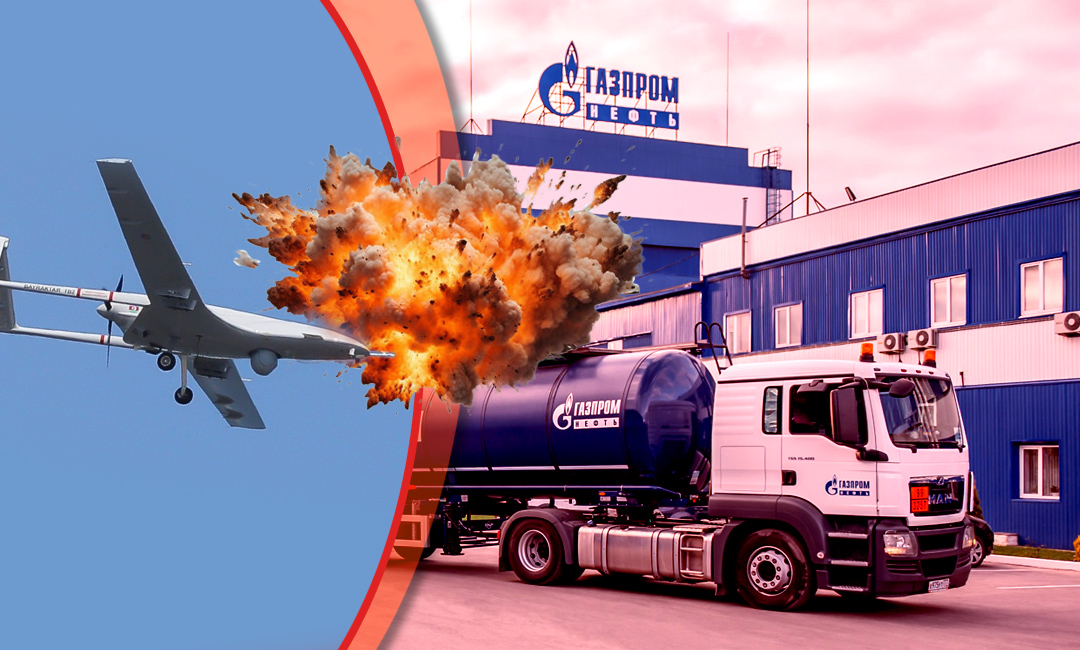Russia Faces Deepening Fuel Crisis, May Rely on Imports for 60% of Supply by Year-End

Russia’s energy sector is on the brink of collapse, with Ukrainian intelligence warning that the country could become up to 60% dependent on imported fuel by the end of 2025 unless large-scale repairs are carried out under stable conditions.
The Gaze reports this, referring to a statement made by the Foreign Intelligence Service of Ukraine.
The ongoing fuel crisis is not merely the result of recent accidents or Western sanctions but reflects the systemic decay of Russia’s energy model after years of underinvestment, technological isolation, and poor management.
Most of Russia’s oil refineries are concentrated in a few industrial hubs in the European part of the country. Many of them are outdated and inefficient, and recent shutdowns have wiped out a significant portion of domestic refining capacity.
The Kremlin’s attempt to stabilize the situation, including a September ban on gasoline exports, has only worsened the crisis. Export revenues had previously helped offset chronic losses and partially fund modernization efforts.
With those foreign-currency inflows gone, refineries now lack resources for upgrades, while price controls on the domestic market have created artificial shortages.
Fuel prices in Russia have surged sharply, driving up transportation costs and pushing up prices for everyday goods. Ukrainian intelligence suggested that Moscow may attempt to disguise the real figures, but “ordinary consumers will feel it in their wallets.”
The crisis deepened after Ukrainian drone attacks damaged several major refineries, forcing Russia to restrict fuel sales in dozens of regions and even on occupied Ukrainian territories. At least 57 regions have reported shortages, and gas stations in some cities, including Moscow, have begun to close.
In an effort to offset shortages, Russia has sharply increased large-scale fuel imports from Belarus, with Belarusian gasoline exports to Russia by rail reportedly quadrupling in September compared to August.
As The Gaze previously reported, Commander-in-Chief of the Armed Forces of Ukraine (AFU) Oleksandr Syrskyi stated that in September, Ukrainian unmanned aerial systems (UAS) struck 66,5 thousand enemy targets.